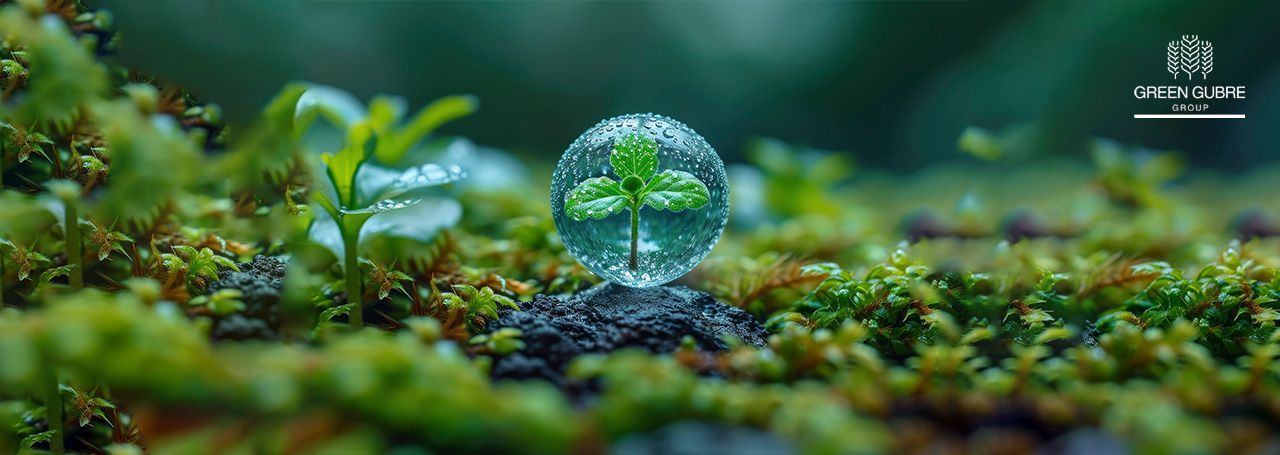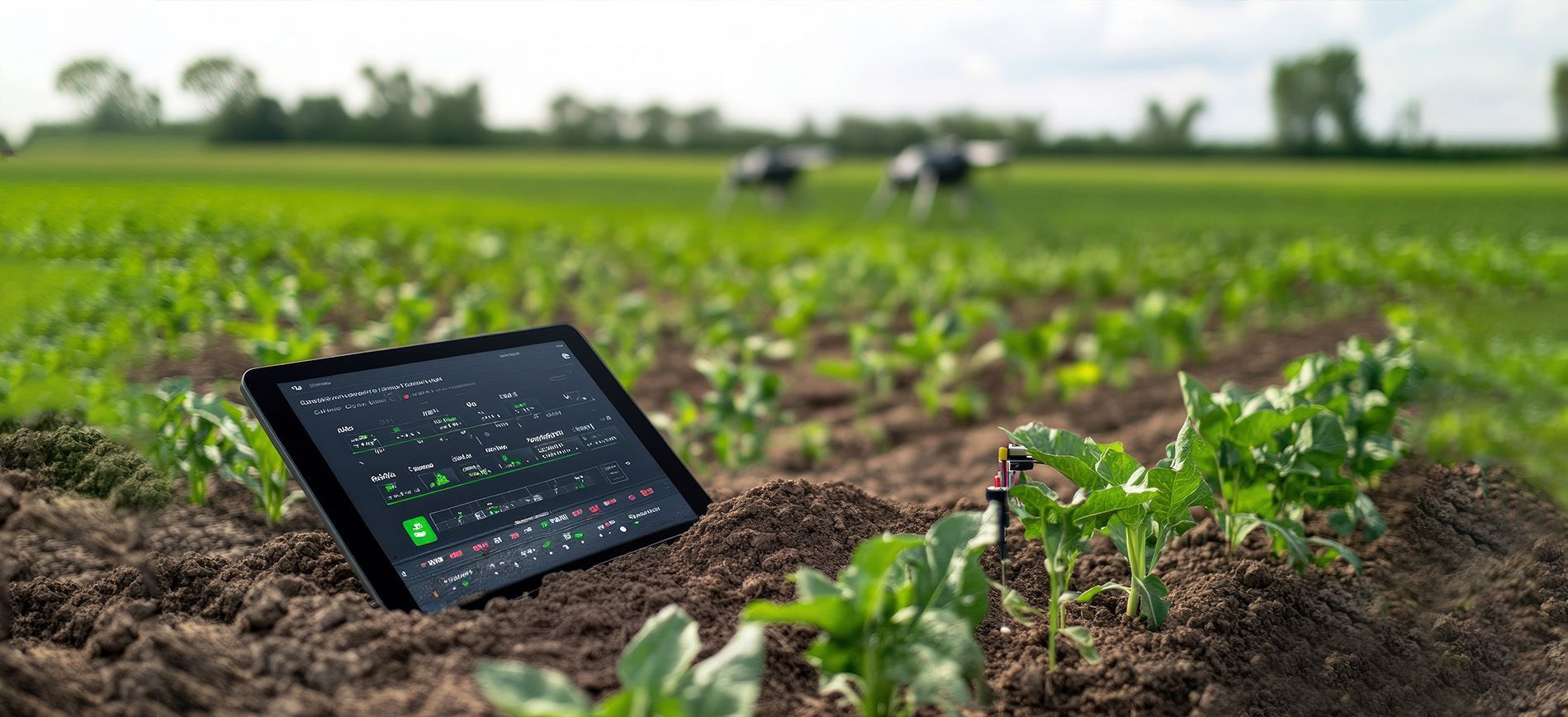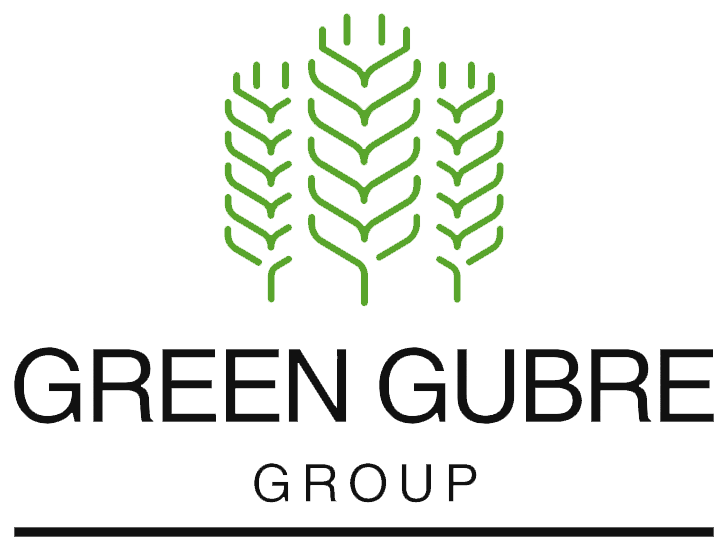Green Ammonia and Low-Carbon Fertilizer Certification – Are You Ready?
Green Ammonia and Low-Carbon Fertilizer Certification
Are You Ready?

Introduction: The New Rules of Fertilizer Trade
In 2025, the fertilizer industry is undergoing a carbon reckoning. Driven by the EU’s Carbon Border Adjustment Mechanism (CBAM) and the rapid rise of ESG (Environmental, Social, and Governance) standards, the push for low-carbon and traceable fertilizers is no longer optional—it’s becoming a requirement.
Green ammonia, the emerging clean feedstock for nitrogen fertilizers, is at the heart of this transition. Producers, exporters, and governments must now track emissions, obtain certifications, and align with climate-smart supply chain policies. This blog explores where we are, who’s leading the way, and what steps you need to take.
1. What Is Green Ammonia—and Why Does It Matter?
Green ammonia is produced by combining nitrogen with
hydrogen derived from renewable energy, usually via water electrolysis powered by wind or solar. It replaces traditional “grey ammonia” from fossil fuels and significantly cuts CO₂ emissions in urea and nitrate production.
| Traditional Ammonia (Grey) | Green Ammonia |
|---|---|
| Natural gas-derived H₂ | Electrolyzed H₂ (from water) |
| 2.6 tons of CO₂ per ton NH₃ | Near-zero CO₂ emissions |
| High carbon footprint | ESG-compliant and CBAM-ready |
Key Impact: Fertilizers made with green ammonia can avoid CBAM penalties and gain access to sustainable supply chain incentives.
2. CBAM in 2025 – What Fertilizer Producers Must Know
The Carbon Border Adjustment Mechanism (CBAM) is now in its transitional reporting phase. For urea, ammonium nitrate, and other nitrogen fertilizers, exporters to the EU must declare:
- Direct emissions (Scope 1)
- Indirect emissions (Scope 2)
- Embedded carbon in raw materials
Failure to comply can result in:
- Denied market access
- Added carbon pricing (€90–120/t CO₂e)
- Export disqualification in tenders
💡 CBAM Link: European Commission – CBAM Explained
3. Global Case Studies – Who’s Leading?
China – Pilot Green Ammonia Plants Underway
- Several green ammonia facilities use hybrid solar-wind electrolyzers in Inner Mongolia and Sichuan.
- State-owned Sinofert tests low-emission urea for domestic and Belt & Road export markets.
- China’s new
dual-carbon policy (peaking by 2030, neutrality by 2060) influences fertilizer reform.
Morocco – Solar-Powered Phosphate and Urea
- OCP Group, the world’s largest phosphate company, is investing in green ammonia imports from Namibia to create fully decarbonized NPK and urea fertilizers.
- These products will be CBAM-compliant and certified under EU-approved schemes.
European Union – Certification Standards In Place
- The EU recognizes several low-carbon certification schemes, such as:
- ISCC PLUS
- EU ETS Carbon Verification
- Fertilizer Europe Sustainability Index
- Producers can gain a competitive edge by certifying their products via these systems.
4. What You Need to Do – A CBAM & ESG Readiness Checklist
| Action Step | Why It Matters |
|---|---|
| Conduct LCA (Life Cycle Assessment) of your fertilizers | Required for carbon disclosure |
| Transition from grey to green ammonia sources | Reduces CBAM and ESG risks |
| Partner with verification bodies (e.g., SGS, TÜV) | Ensures traceable documentation |
| Integrate blockchain logistics | Enables real-time carbon tracking |
| Train export teams on CBAM rules | Prevents non-compliance penalties |
Bonus Tip: Label your product as “CBAM-ready” with valid carbon footprint certificates—this will attract EU buyers and climate-linked funding.
5. The Market Advantage of Low-Carbon Fertilizers
- Price Premium: CBAM-compliant urea can trade $15–30/t higher than unverified counterparts.
- Trade Access: EU, Japan, and South Korea will only allow low-carbon imports by 2026–2027.
- ESG Funding: Certified suppliers are eligible for green bond investment and ESG-aligned credit lines.
Conclusion: Are You Ready for the Green Shift?
The rise of green ammonia and carbon-certified fertilizers signals a tectonic shift in global agricultural trade. Producers and exporters that embrace traceability, invest in decarbonization, and certify their fertilizers will lead the next chapter of global supply chains.
The question is no longer “Should you prepare?” but “Are you already behind?”




